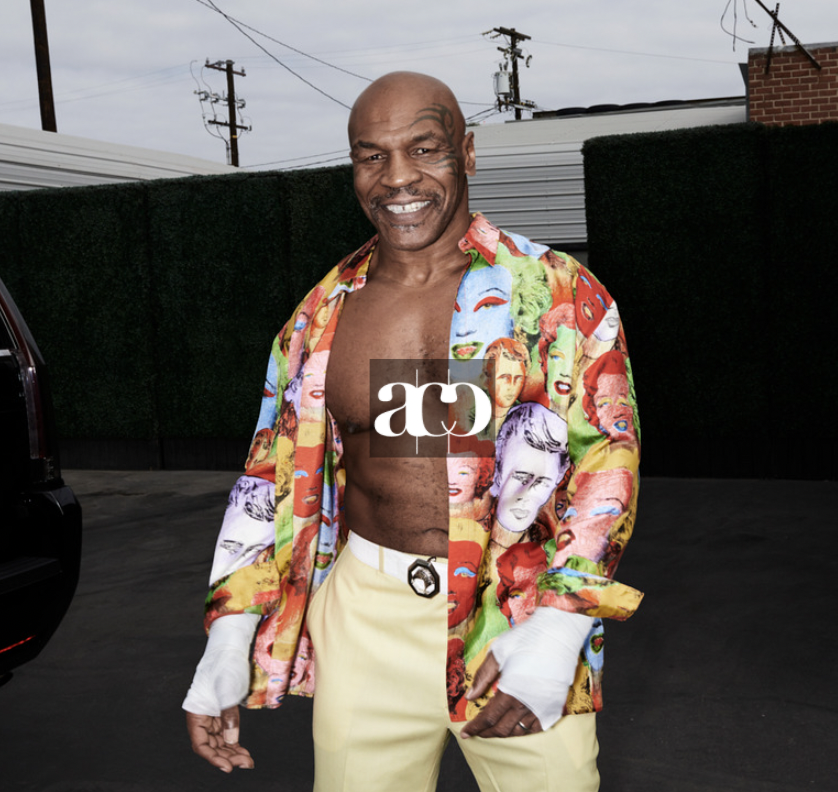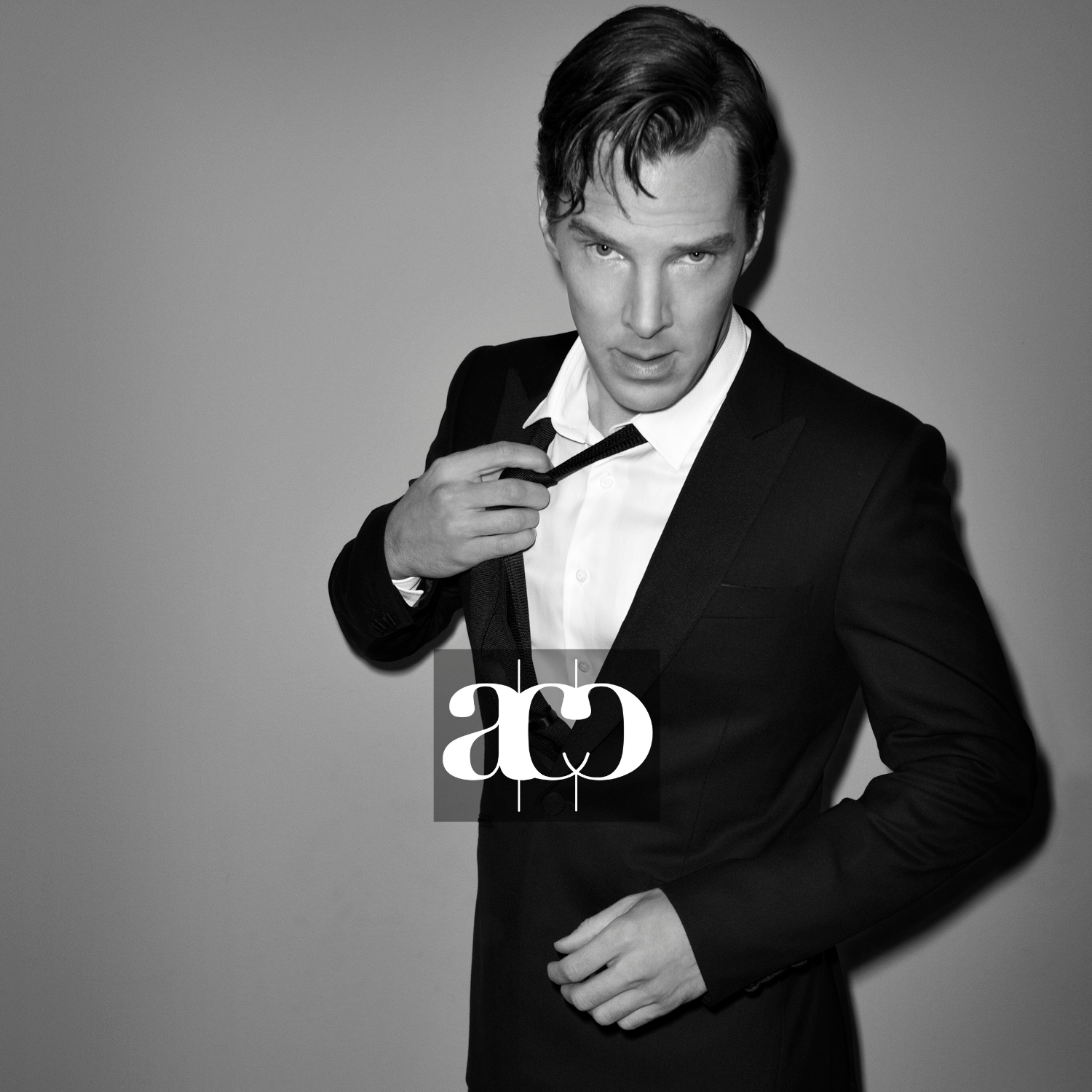
Timeless: Sharon Stone
Timelessness, the fourth film in the Auerbach series, is a meditation on the bewitchment of timespace by Sharon Stone.
For the full details on the Auerbach NFT collection, and to join the whitelist, click here.
One should not think of Stone as just a sex symbol: every generation has its slew of vamps, most of which leave no dent in memory. Most of the smokeshows will age into air, but the femme fatale lingers.
Nobody decides to be a femme fatale, of course: she is elected by Fate, and set on her inexorable path. In this sense, Stone was a watershed; a moment in Time, and it is Time’s affair with Fate that Auerbach glimpses in his most gothic photoshoot of the entire series.
A prodigy equally blessed with prodigious good looks, Stone dropped out of college before it was fashionable—1977!—to pursue a career as a model that soon segued into acting. Her career—a true, dramatic one, replete with fearless highs and lows—is bookended by auteurs, from Allen to Scorsese. Her role in Verhoeven’s Basic Instinct (1992) was third-eye opening: part Barbara Stanwyck in Double Indemnity (1944), part Malcolm McDowell in A Clockwork Orange (1971).
Of almost equal interest to the sharp observer are the duds. The only other contemporary actress with a similarly jagged critical trajectory is Halle Berry (with the convergence of the two in Catwoman marking some manner of event horizon in the history of film). But in Stone’s case, Peter Travers’ remark about her has held like a geometric proof: she’s been “the bright spot in too many dull movies”—and the highlight in several great ones.
This is the implacable brightness, the brilliance that Auerbach captures in his 2010 photoshoot of her for Madame Figaro. When he describes how Stone fills—and augments—derelict space with the fluid authority of “a cat”, he is describing a suspension in time known as epoché (that’s far less frequently recalled as fairy time). His photoshoot shows Sharon Stone not as a symbol but a documented fact; hard evidence of Old Holly-wood glamour still at work, and still at large. “La belle Dame sans merci / Hath thee in thrall!”
Don’t Miss Out
Click below to get whitelisted for early access to the
Auerbach NFT Sale!
The list closes the morning of the first drop on December 7th.
- The first 1,000 unique addresses submitted will receive a special animated NFT from the Auerbach collection for free. (OVER)
- The next 9,000 unique addresses will receive a photo NFT in line with the Process series. (OVER)
- The top 100 referrers will receive a more exclusive NFT with dynamic features, plus a few bonus surprises.
- Even if you didn’t make the first 10k, everyone who signs up will get a nice NFT surprise after the drop is over.
Posts in this series
The third film in the Auerbach series is Efficiency, the only video in the series dedicated to an athlete, not an actor. The sports’ star in question is none other than Mike Tyson, whom Auerbach photographed in 2020 for Haute Living, a luxury bimonthly publication.
Two great modern masculine archetypes of force and flow—the boxer and the jazzman—take pride of place in the American imaginary. Among the former, Tyson remains an undisputed titan: a heavyweight of heavyweights, with a life suitably bedecked in triumph, sacrifice and controversy. As with jazz, the Empyrean of boxing admits no easy heroes—nor does it want them. These are men the way gods dreamt them; men with terribilità.
The second film in the Auerbach series is Adaptation, centered around one of the most prominent male stars of the 2000s, Benedict Cumberbatch.
These photos were taken for GQ UK in 2014, when Cumberbatch was in the heat of his fame, coming off Season 3 of the acclaimed BBC adaptation of Sherlock. He was in Boston, filming Scott Cooper’s Black Mass—the Whitey Bulger crime drama with Johnny Depp—so expectations were great, time was of the essence, and timing—as ever—eternal.
Accursed Share is proud to present Captured Moment: The Master’s Process, the first NFT collection by photographer-to-the-stars Frederic Auerbach.
The first film in the series, Authenticity, features triple-threat Zendaya almost a decade prior to her atmospheric and career-defining turn in Denis Villeneuve’s Dune (2021).





